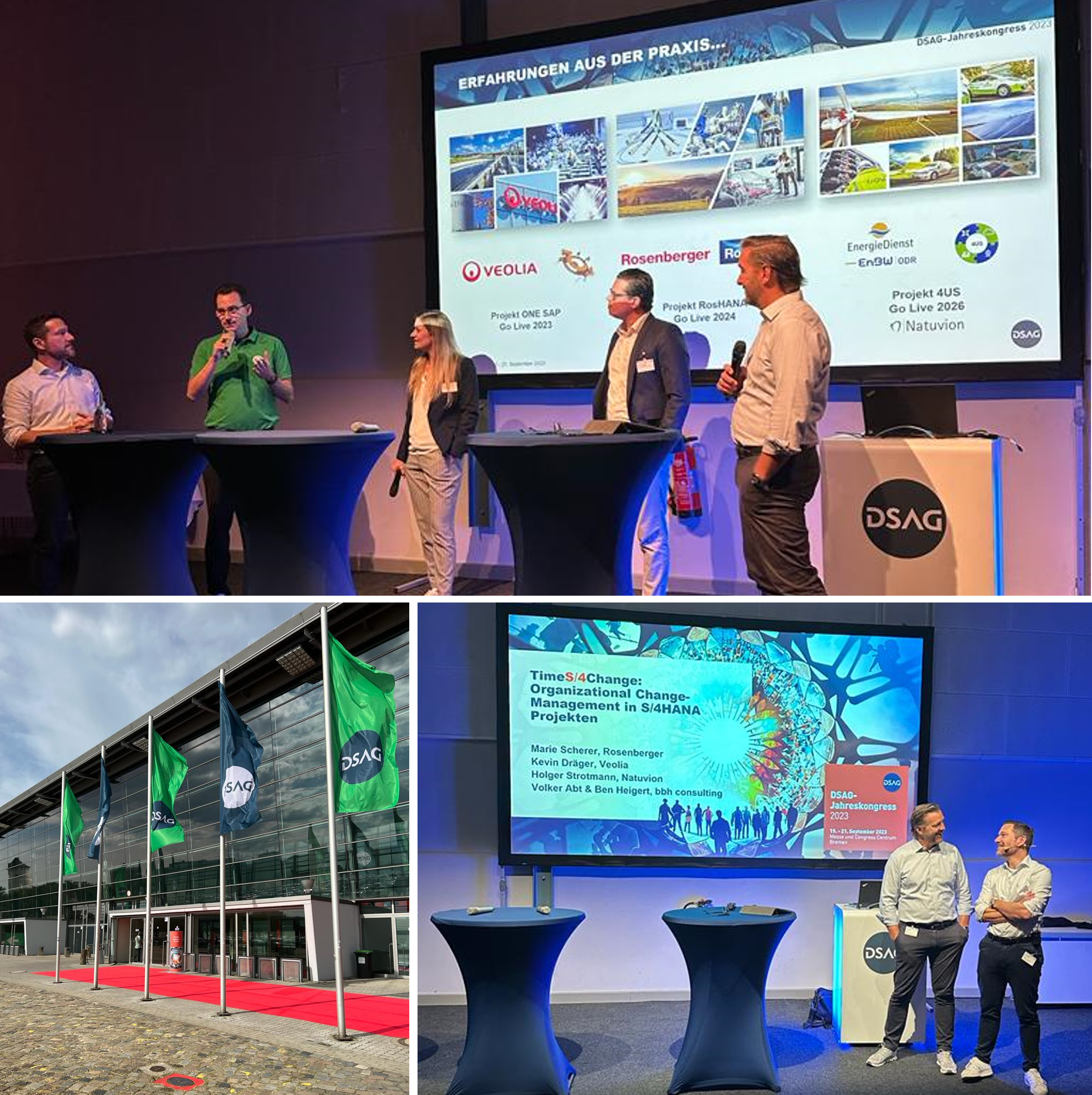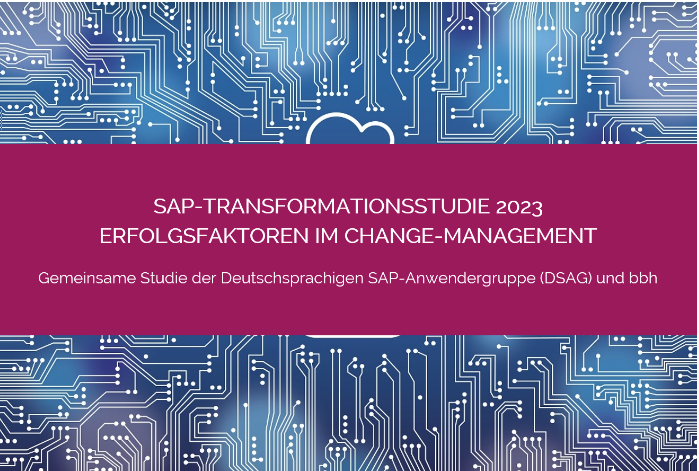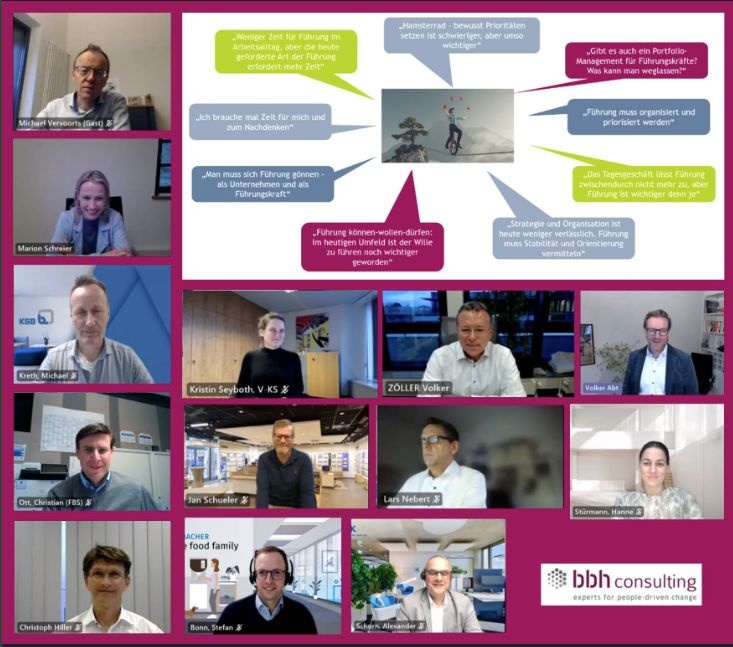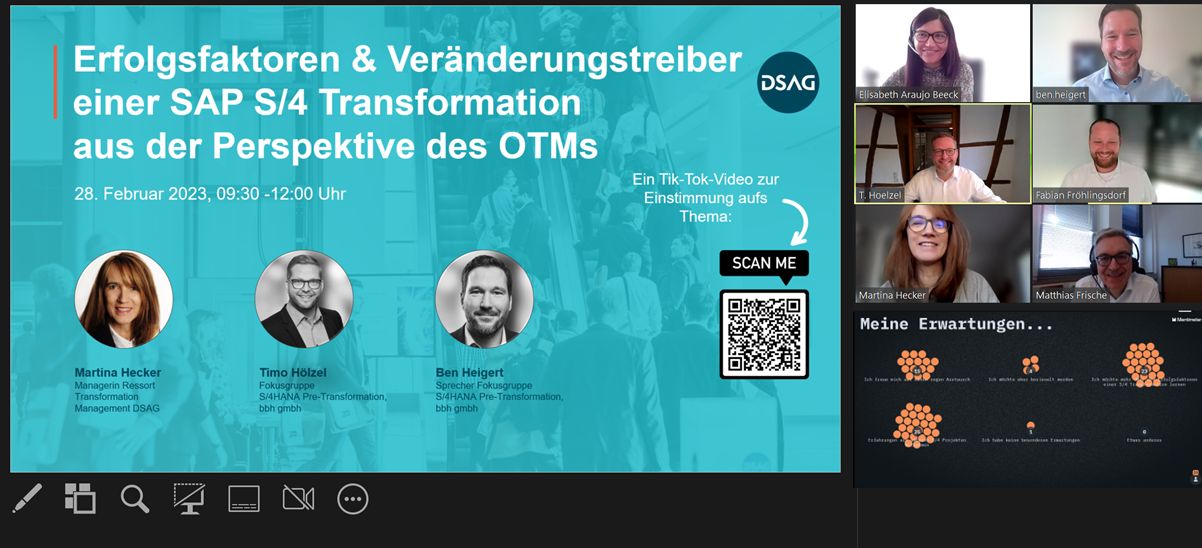Middle Management in Transformations: multiplier or clay layer?
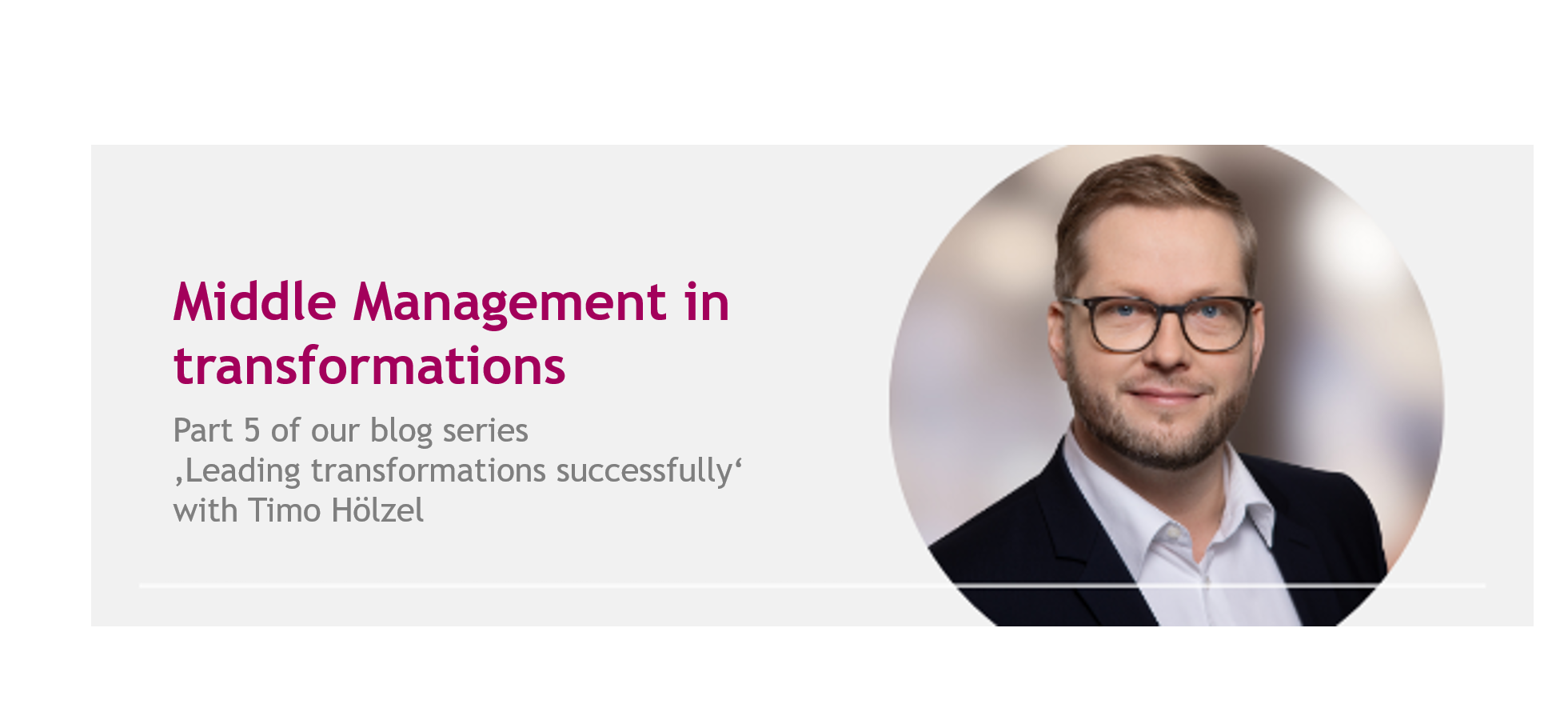
In the previous blog article in our series “Leading transformations successfully”, my colleague Christoph Ryser described “change killers”: Mistakes or failures in transformation processes that slow down or torpedo change. Underestimating the role of middle management in change processes was named as one change killer. In today’s blog article, I would like to dive deeper into the role of middle management and share some experiences on how to support these mission-critical leaders in transformations.
Why is the middle management so important in transformation processes?
It is not uncommon that the focus in the design of transformation processes is on the senior and project management. Target images, guiding principles, strategies or new structures that affect the entire company are defined in small circles. For implementation, the focus is then on communication and training via appealing presentation slides. We are convinced that real change can only succeed if new views, habits & rituals and new forms of cooperation are established at all levels of the organization, resulting in a new overall experience of everyday work.
This “experience of everyday life” is very much shaped by the perception of and interaction with the “still tangible” superiors. For this reason, middle management in particular plays a success-critical role in the implementation of change projects.

As operational implementers, middle managers are the ones who are supposed to implement and anchor the change in everyday life. As the first point of contact for their employees, they are directly aware of their fears and concerns and can respond to them in a targeted manner. At the same time, their gives them the opportunity to convey security and confidence to their teams, and they can set positive change impulses by consciously living the new. Since emotions are contagious and the emotional signals from executives in particular have an overproportional influence on the mood in the team, middle management also has the role of setting the mood and thus significantly influencing the basic mood toward transformation in the company.
In particular, the emotional aspects of the roles just described are essential for the successful management of change. And it is precisely these emotional-human aspects that cannot be controlled centrally or from the top management, but can only be shaped in direct interaction. This is why managers at this level are so important, because they either become true multipliers or the “clay/paralysis layer” of the transformation.
But why is the role of the middle management so difficult?
Due to its sandwich position, middle management often gets the short end of the stick in transformations. It is not uncommon for them to have to accept decisions from the top (without having been involved in their creation, without knowing all the details, or without being 100% convinced themselves) and to represent them downwards, only to receive the reactions and emotions to the decisions without being able to pass them on 1:1 to the top. The situation of being “alone”, especially with the emotional and interpersonal issues, coupled with one’s own uncertainty and possible doubts about the transformation project (“what will actually happen to my own position and area of responsibility?”), can be quite frustrating and exhausting.
In addition, middle managers are expected to manage the transformation and keep day-to-day business running at the same time. And it is precisely in this thoroughly demanding and stressful situation that these people are expected to act in a particularly empathetic, attentive and enthusiastic manner when dealing with their employees, in order to “bring people along” and “live the change in the organization”.
In our experience, the complexity of the task of middle management is often underestimated. They are simply expected to be able to handle change situations professionally as “managers” (“they are managers, after all”). However, middle managers are firstly also just people (surprise!) and secondly positions are often filled by former experts and/or still very young people who have little experience in dealing with change and people management. This overall package quickly leads to a feeling of being overwhelmed and decreasing commitment.
The result is that the active shaping of the transformation remains at the top/project management level and is left to chance and thus to time at subsequent levels. To avoid this, it is advisable to provide personal support for managers – including mid-level managers – in change processes.
Support managers as active multipliers
To provide support, managers are usually given (hopefully) well thought-out communication documents that explain the rationale behind the transformation plans in a clear and understandable way, so that they are able to make statements to their employees. But much more important is an open exchange about individual and unit-specific challenges.
The most important starting points for personal support are as follows:
1 Avoid helplessness: Actively helping to shape change instead of passively waiting:
Involve managers at all levels in the change process at an early stage to give them the opportunity to influence and actively shape the change themselves.
Create formats for constructive engagement with the change in order to work together with managers to transfer the transformation goals to their own area and to work through the questions relevant to the manager (e.g. What does the change mean for me personally, for my unit and for my environment? Where do we need to evolve and how)?
2 Active preparation for emotional reactions and confrontation:
Managers are usually the least prepared for the “uncomfortable” emotional-human issues that employees bring to managers during transformations. This can be counteracted by consciously scheduling time with the help of a sparring partner or among colleagues in project management to anticipate the emotional reactions and prepare options for action (see the blog article by Marion Schreier).
In addition, managers can be helped in dealing with emotions by making the emotions of employees measurable and transparent, for example via “PulseChecks” (see the blog article by Volker Abt)
3 Ensure mutual support and collective responsibility:
Create formats in which managers can openly address and discuss their concerns and fears so that the feeling of “having to fight alone” does not arise in the first place. However, this is not just about exchange rounds, but above all about developing a management team that supports, strengthens and advises each other, pulls together in implementing the transformation and feels responsible as a team for the success of the transformation. This not just makes it possible to implement transformations faster and more sustainably, but also to grow together as a management team or as a company on such change projects in the sense of cross-divisional team spirit and, above all, to grow together.
When we support large transformation projects, accompanying the key players – both individually and as a TEAM – is always a central “change building block” of our work. We are often asked how we manage to accompany and successfully shape such large transformation projects with a comparatively small number of consultants. One answer to this question is our focus on what we have just described: as sparring partners, we empower the key players, especially middle management, as multipliers to shape the change in the organization from within and anchor it there.
In a next blog article, we will present our key player approach in a bit more detailed way.

Vita snippet
Degree in Business Administration (International Business) and Master of Science (Finance)
Sales Manager for Canada and later Scandinavia at Sirona Dental (today Dentsply Sirona)
Sales Manager for the AMERICAS and parts of Europe at S.I.M.E.O.N. Medical
Since 2019 with BBH
What is special about bbh for me
Our approach that always puts people at the center of everything, the professionalism of the consulting team, and the joy of working that is always palpable for the customer.



